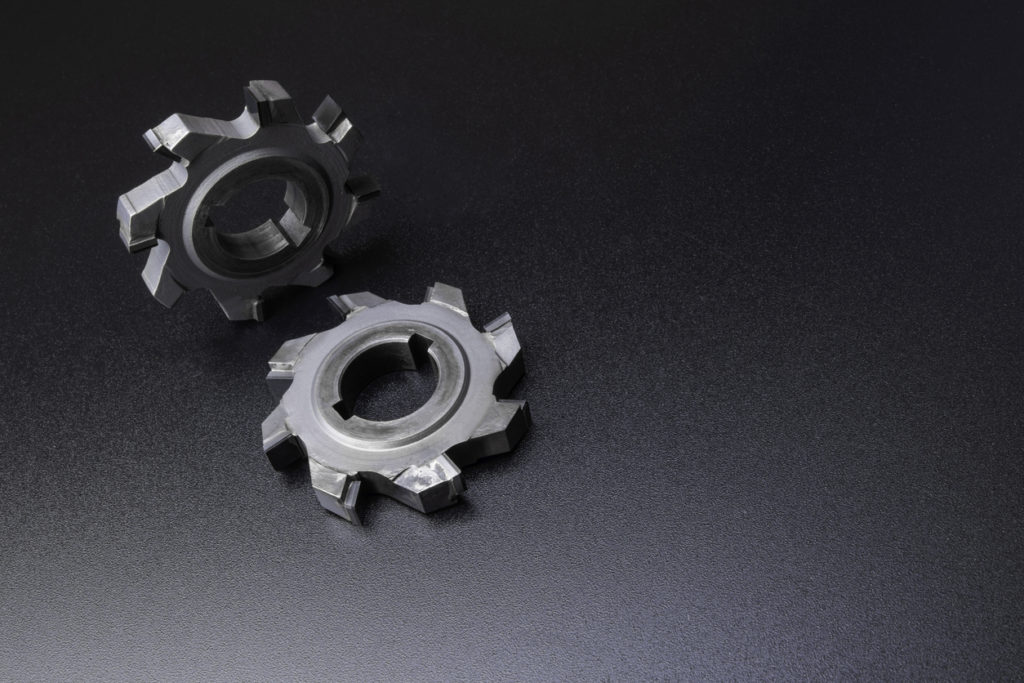
Is Diamond Tooling the Best Fit for You?
Choosing the right type of tooling is essential for any shop. There are a variety of factors to consider when making your decision, including the type of work you do, the materials you work with, and your budget. When it comes to cutting and shaping materials, diamond tooling is a popular choice. PCD is one of the hardest man-made materials ever made, so it makes excellent tools for cutting and shaping other materials. But there are also some drawbacks to this method like cost, maintenance, and limitations on tool design. In this blog post, we will discuss and elaborate on the benefits and downsides of diamond tooling and whether or not it is the right fit for your business.
What Exactly is Diamond Tooling?
In the woodworking and plastics industry, diamond tooling refers to cutting tools with Polycrystalline diamond (PCD) tips. PCD is a man-made diamond cutting edge material that offers superior wear resistance which will result in a very long running cutting tool in the proper application.
What are the Benefits of Diamond Tooling to Other Methods?
The main benefit to using PCD diamond tooling is runtime. Because PCD tips are very hard they wear very slowly. When properly designed and used, diamond tools should result in fewer tool changes which results in time savings for the operator and setup technician.
Another advantage of diamond tooling is a resistance to materials that use adhesives. The PCD tips tend to be more resistant to materials containing adhesives vs carbide or steel cutting tips. Examples of materials containing adhesives are: plywood, MDF, and composites.
What are the Drawbacks of Diamond Tooling to Other Methods?
One of the biggest disadvantages or diamond tooling is cost. Diamond tooling is one of the most expensive cutting and machining methods available. This makes it prohibitively expensive for some applications, such as machine shops who specialize in low-volume production runs. Although diamonds are expensive overall, you can find affordable diamond machining options out there as well. They’re not always as expensive as they would seem, but for smaller companies, this might not be the best choice. Ultimately, it’s up to the individual company or person to decide what is best for what they’re working with and how it fits into their budget.
After cost, the biggest drawback to using PCD diamond tools is the decreased resistance to breakage. Even though PCD tips are extremely hard they can be brittle when encountering defects in the material being machined like staples. This can be mitigated somewhat by newer tool geometries and grades of PCD tips. If you regular machine materials with defects like nails or staples than carbide inserts may be a better fit.
Another drawback for some customers can be the inability to change cutting tips in the field with diamond tooling like you can with carbide insert tooling. However, if you can keep a good set of diamond tools on the shelf, you may experience decreased setup times using diamond tooling. This can be accomplished by instructing your tooling vendor to keep a constant small diameter and the same start of cut height. This can result in very quick tool changes without wondering if the carbide inserts were replaced properly.
What are the Different Types of This Tool Available on the Market Today?
Almost every cutting tool in the woodworking and plastics industry can be made in a diamond form. Examples include: cutterheads, saw blades, and router bits. In the case of saw blades and router bits, there can be standard off-the-shelf options. However, for the most part, diamond tools are custom ordered to the machine, material, and application. Contact us today to discuss your needs and whether diamond tooling would be a great fit.
Diamond tooling is an effective way to cut through tougher materials quickly and efficiently. While there are some drawbacks to using diamond tooling, such as the cost of investing in quality tools and the need for regular maintenance, the overall benefits make it a worthwhile investment for many businesses. Ultimately, it is up to you to decide what is best for your company. To consult with a professional about what is best for you, please contact us.
